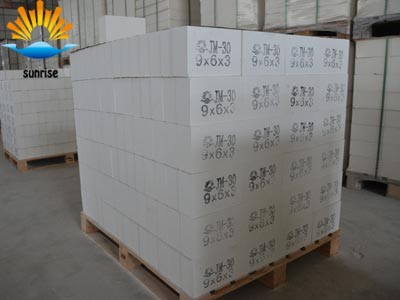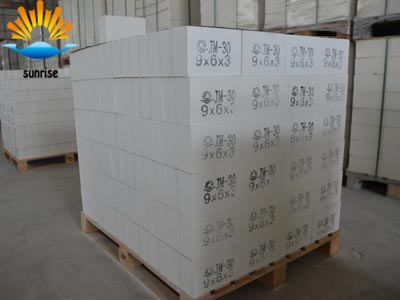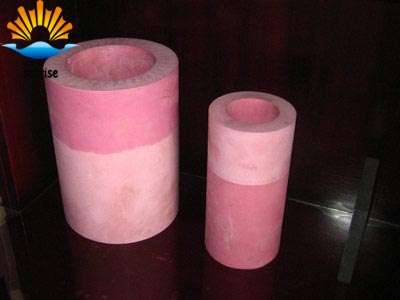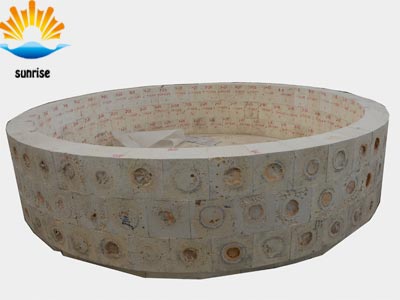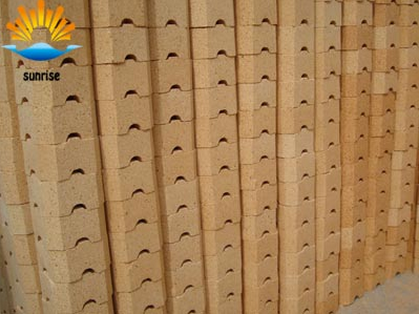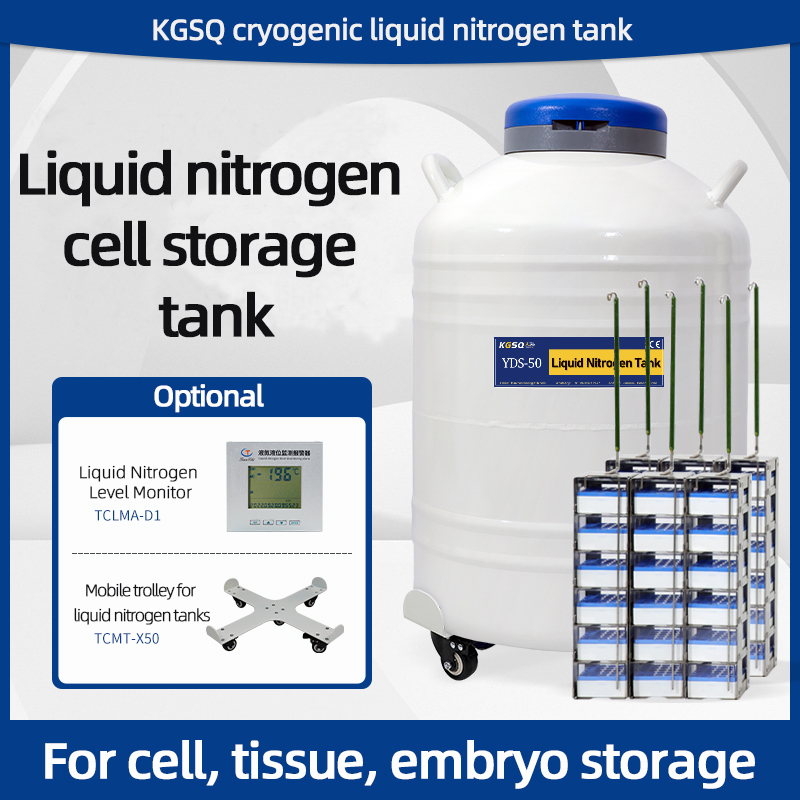The nature of the mullite brick determines its role


The firebrick made of sintered or fused mullite as the main raw material may be entirely made of mullite, partly may be mullite, and some may be made of corundum. The former is called mullite firebrick and the latter is called corundum-mullite firebrick or corundum mullite brick. The production process of mullite refractory bricks is the same as that of high-alumina bricks. The ingredients are mixed, formed, dried and fired. The firing temperature is related to the composition of the ingredients, the purity of the raw materials, and the requirements for the performance of the firebrick, and is usually 1500 to 1700C.
Mullite refractory bricks and corundum mullite bricks have the advantages of high load softening temperature, low high temperature creep rate, and good thermal shock resistance. They are widely used in hot blast stoves, glass melting furnaces, CDQ and heating furnaces and other industries. On the furnace. Mullite refractory bricks are easily attacked by alkaline fire bricks at high temperatures. In addition, at high temperatures, mullite can be damaged by reaction with water vapor to form Al2O3.
Therefore, mullite refractory bricks should not be used for long-term use in high-alkaline slag and high water vapor content environments.
In addition to mullite and its composite refractory firebricks with corundum, mullite can also be constructed with other materials to improve its properties such as zirconium mullite refractory bricks, mullite-silicon carbide firebricks and so on. The so-called zircon mullite refractory bricks are mullite-zirconia composites. However, due to the high price of zirconia, in practical production, zirconium mullite clinker or refractory bricks are often produced by reacting Al2O3 or bauxite with zircon.
Such firebricks and raw material manufacturing methods include fused and sintered methods. Electrocast Al-Zr-Si (AZS) bricks We have discussed fused-zirconium corundum bricks. The Al2O3 and ZrSiO4 ingredients are calcined to obtain zirconia mullite clinker, and then crushing, kneading, shaping and firing to obtain zirconium mullite refractory bricks, ie sintered AZS bricks.
When using bauxite as a raw material, the most common is to introduce ZrSiO4 into high alumina bricks to improve the thermal shock resistance of high alumina bricks, the so-called "anti-stripping high alumina bricks." The ZrO2 produced by the reaction is dispersed in mullite and corundum. Due to the phase change during heating and cooling of ZrO2, micro-cracking occurs around the ZrO2 particles, thereby increasing its thermal shock resistance. Sintered AZS refractory bricks are commonly used in glass kilns.
Other supplier products
|
|
Mullite Bricks |
Description:Mullite brick IS characterized by good high temperature resistance and good thermal shock resistance, whick comes into being mullite th... |
|
|
The characteristics of mullite insulation bricks |
1. Foaming Foams for Lightweight Heat Preserved Bricks Bubbles with uniform bubble diameters can be obtained. 2. The foam is independent, and it is... |
|
|
Refractories the most important performance is the anti-erosion ability |
The part of the clarification that is in contact with the glass is in the same environment as the glass in the melting part, except that this part ... |
|
|
Fused Cast AZS 33# Block |
Fused Cast AZS are the most widely used materials both in glass contact and superstructure of glass melting furnaces.Fused cast AZS 33# block has d... |
|
|
High Alumina Bricks |
Description:High alumina bricks is made of high-quality bauxite clicker as starting material by sgaping at high pressure and sintering at high temp... |
All supplier products
Same products
|
|
Outer rotor axial flow fan with diameter 200-800 |
Seller: Hangzhou Chaotuo Electric Automation Co., Ltd. |
Compact structure, easy installation, reliable operation, low noise, high efficiency, and energy ... |
|
|
DM-16BF DM-18BF New cover Electric Sprayer |
Seller: Zhejiang Huaqi Information Technology Co., LTD |
The Electric Knapsack Sprayer is a game-changer in the field of agricultural pest control. Engine... |
|
|
Simple Round Breeding Cage |
Seller: Zhejiang Huaqi Information Technology Co., LTD |
The Simple Round Breeding Cage features a durable and lightweight construction, making it suitabl... |
|
|
Syria-liquid nitrogen container for cell storage-liquid nitrogen level gauge |
Seller: Henan Tianzhidao Biological Technology Co., Ltd |
Precise experimental conditions and safe sample storage are key elements for the smooth developme... |
|
|
Italy-liquid nitrogen cell storage tank-liquid nitrogen tank level indicator |
Seller: Henan Tianchi Instrument & Equipment Co., Ltd. |
Precise experimental conditions and safe sample storage are key elements for the smooth developme... |










